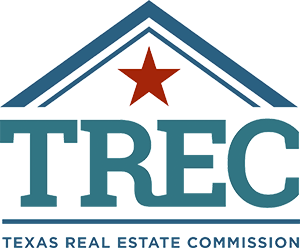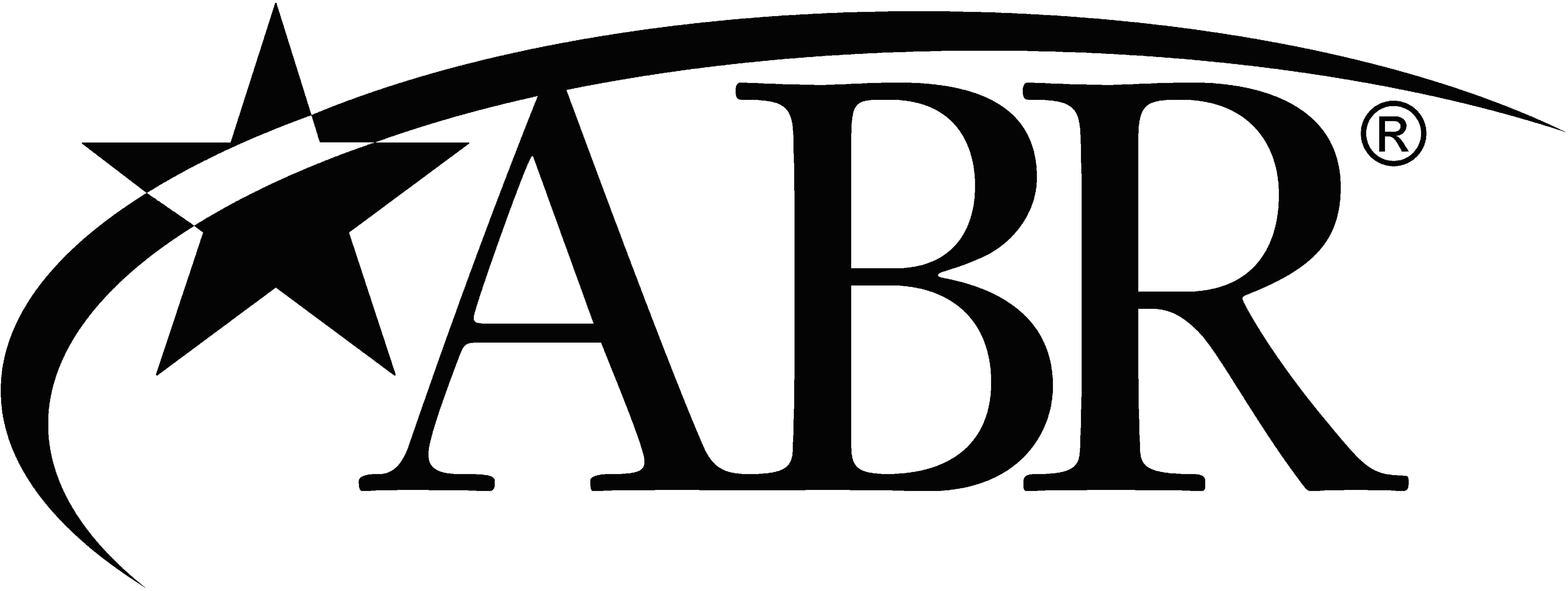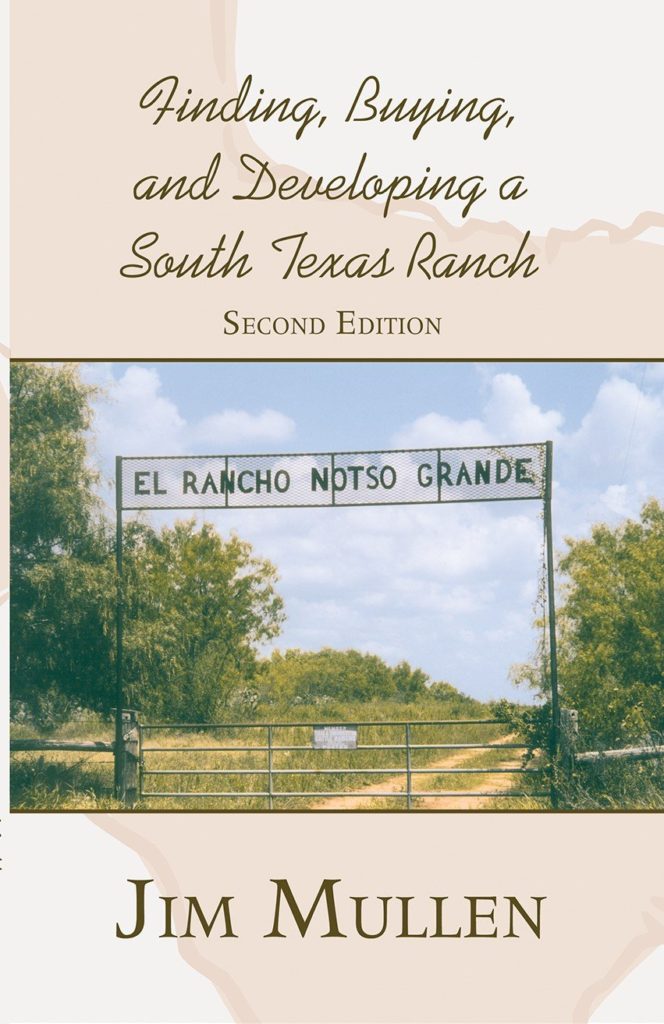After 25 years representing ranch buyers across Central and South Texas, I’ve heard any number of reasons the ranch is for sale. Sometimes the owners have accomplished all they set out to do, they have their trophies and have come to know all the deer on the place. Or, they may get too old to keep up with it, and have no heirs interested in the place. Sometimes they want to trade up and start the development process all over again or want to get closer to home. Sometimes it is due to a divorce and sometimes it is due to finances. Whatever the reason, when you decide it is time to sell, let me give you some tips for prepping the ranch from a buyer’s perspective. You deserve to get the best price for your ranch and the proper presentation can make this a reality.
Certainly, your listing Broker will have some insight into how the ranch looks, but you both need to step back and look with a critical eye from a buyer’s perspective. It is common now for upper end homes to be “staged” with furniture, artwork, landscaping, etc. to help make the home look inviting; to make that first impression of a buyer a positive one. Much the same should be done when you’re selling your ranch. Sure, drone movies, photo-shopped pictures and massive dead deer on a wal
l make the ranch look good online, but at some point, the buyer has to come take a look, ride around, and his impressions can easily over-ride all the Hollywood tricks you can pull.
As always, a showing begins at the front gate. Make sure the gate opens easily. If powered, make sure it works. Usually I drive on showing and the client has to open gates. Nothing turns a buyer off like a gate he has to drag open. Mow around the gate and spruce it up to make a good impression. Let me say at this point, ranch buyers are looking for a dream place, somewhere they can walk, ride, or just sit and watch the world go by.

They specifically do NOT want a part time job fixing stuff just to get to the relaxation stage. Sure, they may have plans for developing or improving a ranch, but they don’t want to spend the first six months bringing the place up to a starting point. Gates should all swing easily; gaps, if you have any, should be folded back and tied to the fence. Roads should all be drivable at an easy speed. Unless you’re in the Hill Country, in deep sand, or it just rained six inches, you shouldn’t need four-wheel-drive just to get around. Spend the money to blade the roads and trim the damn brush back; my truck is already on its third driver’s mirror!
Once the buyer and I get to the HQ, assuming there is one, I normally let the buyer and seller or seller’s Broker tour the house(s). Houses are a personal thing and I cannot guess what impression a ranch house or lodge will make; it has to be done by the prospective new owner. Go ahead and bake cookies or put an onion in the oven to make it smell like home if you want, just have it clean and organized. I would strongly suggest that if you plan to include some of the furnishings in the sale, have a list ready of what stays and what does not. I once had a bad experience with an indoor shuffleboard; the seller intended to remove it even though he had said it was custom built into the space.
 After closing, the buyer immediately wanted to know where “his” shuffleboard was. Needless to say, the yards should be mowed and landscaping up to par if there is any. Take time to organize the shop and remove trash and “nice to have” junk, that stuff you think you might need someday such as the pile of old fence posts or the stack of assorted lumber. Clutter is not attractive and may give the appearance of someone who has not managed the property effectively. Haul it to the dump or have it hauled off. While on the subject, all larger ranches have dumps, it’s expected, but push the trash into the hole and burn it, and don’t have carcasses lying about from the last hunt. DO NOT bury the dump or pretend you don’t have one. I always recommend a Phase I Environmental Survey and most likely they’ll find it and ask that it be excavated to check for toxic substances. Leave the dump open for inspection, just tidy it up for showings. Equipment, if included in the sale or available for negotiations outside of the sale, should be parked in the proper place and relatively clean. Old junk implements should be removed, preferably off the property.
After closing, the buyer immediately wanted to know where “his” shuffleboard was. Needless to say, the yards should be mowed and landscaping up to par if there is any. Take time to organize the shop and remove trash and “nice to have” junk, that stuff you think you might need someday such as the pile of old fence posts or the stack of assorted lumber. Clutter is not attractive and may give the appearance of someone who has not managed the property effectively. Haul it to the dump or have it hauled off. While on the subject, all larger ranches have dumps, it’s expected, but push the trash into the hole and burn it, and don’t have carcasses lying about from the last hunt. DO NOT bury the dump or pretend you don’t have one. I always recommend a Phase I Environmental Survey and most likely they’ll find it and ask that it be excavated to check for toxic substances. Leave the dump open for inspection, just tidy it up for showings. Equipment, if included in the sale or available for negotiations outside of the sale, should be parked in the proper place and relatively clean. Old junk implements should be removed, preferably off the property.
Out on the ranch, deer blinds and feeders should be accessible and grass mowed around them; same with stocktanks, wells, and gates. Nothing makes a worse impression on a buyer than having to wade thru hip-high grass to climb a rickety deer blind. If a snake doesn’t get him, and the ‘coon in the blind doesn’t knock him off the ladder, falling thru the floor will certainly affect his opinion of your ranch.

As always, if the blind is unsafe or past it’s usable life, haul it off and clean up the site. As mentioned, roads should be passable and that’s an easy fix with a blade. Fences do not have to be piano-wire tight, but should be functional. Seeing a new T post or stretch of wire can actually have a positive effect in that it shows you’re maintaining the place.
Water wells should be well documented as to age, output, strata accessed, and quality of water. If functioning, the wells should be demonstrated and if there is a distribution system associated with the well, provide the buyer with a map showing where the system goes. Be prepared to run pivots and sprinkler systems as I always put that in the contract. While on water, ponds should be easily accessible and a history of each pond should be available as to depth, age, fish, and supplementation. If supplemented by a well, have it running during the showing; that makes a big impression.
If your ranch has fields, provide the buyer with a brief history of when the field was cleared, how you used it; what worked and what didn’t. If it is in a permanent grass, let us know when it was last fertilized or chiseled.
Livestock, either cattle or exotics, are sometimes a problem. If the cows are available for purchase, have a good inventory and include calving records. Be specific early on; if the herd is included, say so. If not, let the buyer know how long it will take you to remove them after closing. Same with exotics, we will need a good inventory and a history of numbers, harvest records, and a general management history. By the same token, wildlife management should be fully documented to include harvest records for the last three years at a minimum. If pen-raised deer from off-site producers have been released onto the ranch, transport records must be provided. And if the herds; cattle, exotics, or wild are heavily supplemented, feed bills will give the prospective buyer an idea of just what he is getting into.

While on the subject of bills, please provide copies of power, fuel, phone bills and taxes. If you want to play this info close to the vest, show them to the buyer with assurances that you will provide copies at closing. Same with the cost of improvements. You don’t have to disclose this on the first showing (it usually takes three showings before a deal is reached), but your proof of what you paid will give the buyer insight into what you expect to get for the improvements.
It is very helpful if you have a survey of the ranch spread out on a table at the first showing. My first showing, which went well I might add, was actually of the ranch next door. Had I had a survey to refer to, it would have been easy to see that what I was showing did not match what was actually for sale. And, if your survey is more than five years old, I will recommend to my client that you provide either a new survey or one re-certified and acceptable to the title company. If it has been more than seven years since the last survey, and/or you have done extensive fence work on the perimeter, you might as well bite the bullet and get a new survey done. My client the buyer will demand one and it can save you thirty days to closing.

With the GPS of today, a lot of ranches that have not been surveyed for many years have serious boundary fence issues and it takes time to move fences or get boundary line agreements signed. As always, good, large maps of the property make it clear what is for sale and helps the buyer visualize the property. I will always research the soils and provide soils maps, but if you have one on display, it shows management savvy. Same goes for a conservation plan. Have those and all government program documents available.
Lastly, if you have the luxury of deciding when to sell, let me suggest putting the ranch on the market in February or March. It has been my experience that most ranch buyers are hunters that had someplace to hunt LAST season, they’re looking for someplace to hunt NEXT season. In 25 years, I have never represented a pure cattleman buyer, they were all hunters and by far, most of my closings occur in June/July after starting the search in March/April. Try to avoid selling the ranch during hunting season as it might affect your flexibility for showings and you might get some “lookers’ simply trying to fill time between hunts on their lease. Your broker will be a great asset on when and how to market the ranch, but he/she may be too eager to get going and the listing will be stale when prime time rolls around. Asking price is always key. I suggest you price it at 10% over market or what you feel you would take. Any more and you won’t get the exposure needed to get top dollar.






